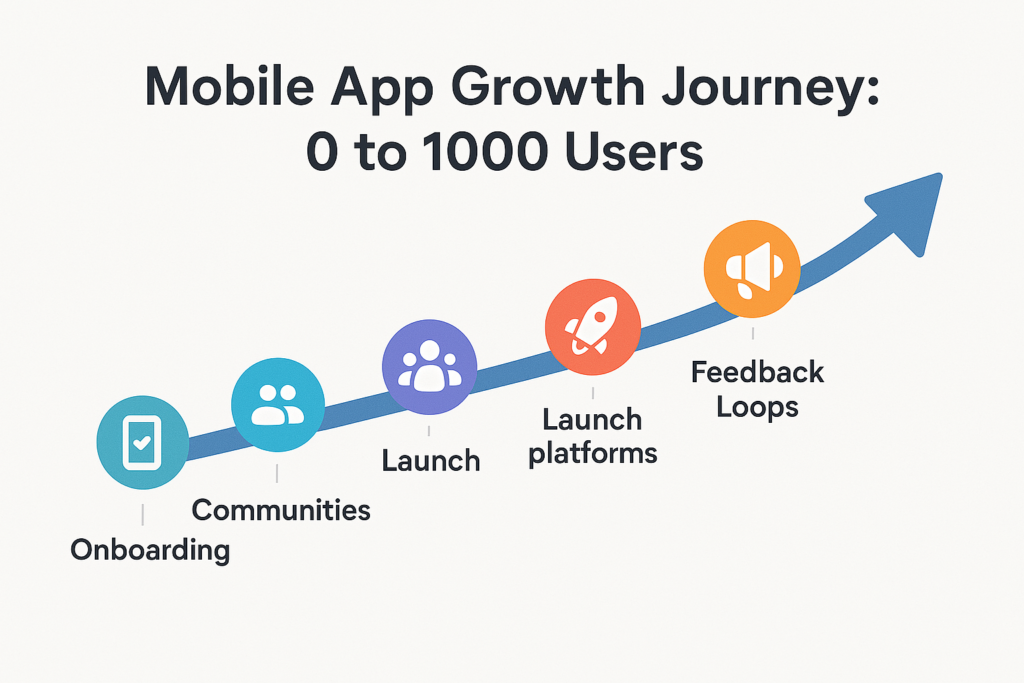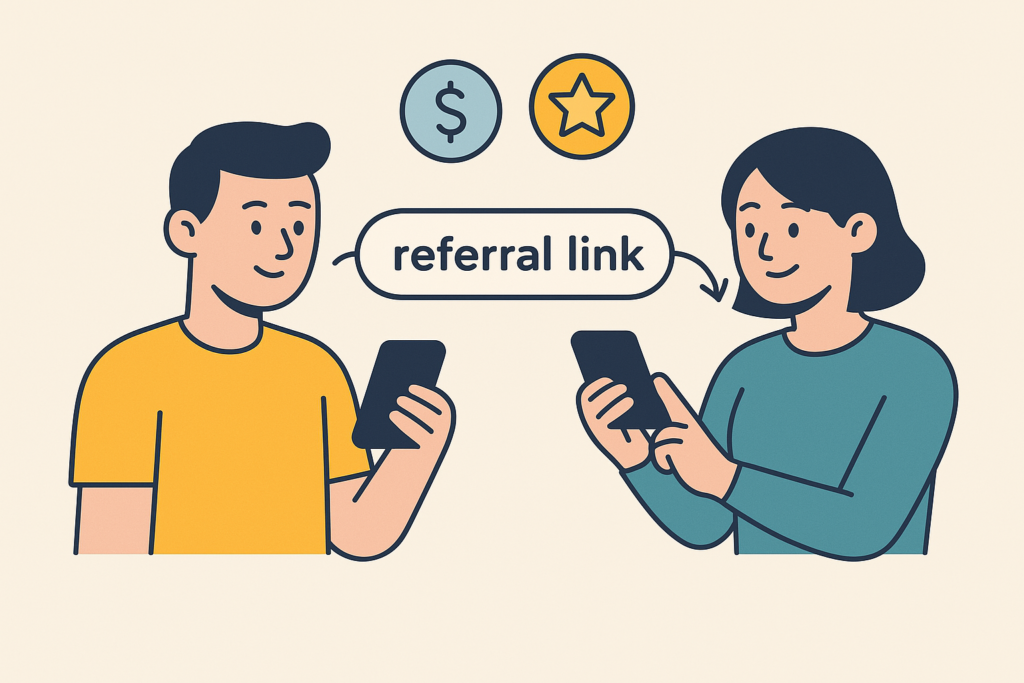Launching your mobile app is like throwing a party—you’ve set the scene, made the playlist, maybe even hired a DJ. But if no one shows up? Oof. That’s why the first 1000 users of your app matter so much—they’re your early community, your feedback loop, and your launch fuel.
At Mobiwolf, we’ve helped clients build rock-solid mobile apps, and we know how nerve-wracking it can be to go from “I have a great app” to “I have people using my great app.” Let’s talk real tactics that actually work—and don’t worry, we’ll keep the jargon low and the usefulness high.
Why the First 1000 Users Matter
Think of your app’s first 1000 users as the startup equivalent of “founding fans.” These people won’t just use your app—they’ll shape its future. They’ll leave reviews, refer friends, and help you improve. More importantly, early user traction is what attracts investors, partners, and media attention.
From a psychological perspective, that first wave of adoption gives you confidence and momentum. You’re no longer guessing—you’re building with real input. It also gives you something critical for scaling.
Step 1: Nail the First Impression
Your app’s onboarding experience is like a handshake—it needs to feel warm, clear, and inviting. If your first users don’t “get it” in the first minute, you’re likely to lose them.
Here’s what helps:
- Fast loading times – Users bounce when things feel sluggish.
- Clear value proposition – What’s in it for them? Say it early.
- Simple onboarding – Guide users gently. No wall of text, please.
- Early gratification – Give them something to smile about right away: a cool feature, a small reward, or even just a clean UI.

Step 2: Be Where Your Users Are
Storytime: One of our clients had a brilliant fitness app. Technically perfect. But early growth was sluggish. Why? They launched quietly on the App Store and crossed fingers. After a quick consultation, we helped them target Reddit communities, niche Facebook groups, and a few micro-influencers. Boom: a 60% increase in downloads in two weeks.
Where your audience hangs out is more important than trying to “be everywhere.” Find them, speak their language, and don’t sell—start conversations.
Where to consider:
- Niche subreddits (e.g., r/productivity, r/personalfinance, r/fitness)
- Startup platforms like Product Hunt
- Communities on Slack or Discord
- Instagram/TikTok for lifestyle or visual-first apps
Step 3: Leverage the Power of Launch Platforms
You don’t need a giant ad budget to get attention. Some of the best platforms for launching your app are completely free or low-cost:
- Product Hunt: If you’re building for tech-savvy early adopters, this is your stage.
- BetaList: Great for getting feedback before full launch.
- AppAdvice: Useful for iOS-focused apps.
- Indie Hackers: A goldmine for honest feedback and visibility.
These platforms thrive on great storytelling, not just feature lists. Your launch post should focus on the why, not just the what. What problem are you solving? Why did you build it?
Step 4: Incentivize Referrals—The Right Way
People trust people. That’s why referral programs work—when they’re done right. We’re not talking spammy “Invite 5 friends to get 5 gems” here. We’re talking value-aligned rewards.
Best practices for referrals:
- Make it frictionless – A referral link should be just one tap away.
- Give real value – Early access to features, discount codes, or premium trials.
- Use scarcity – “Invite 3 friends to get early beta features.”

Step 5: Listen, Adapt, Repeat
The early user stage isn’t just about marketing—it’s about learning. What features are they loving? Where are they dropping off? What bugs are they facing but not reporting?
This is where your dev team (hello from Mobiwolf 👋) becomes essential. We help you analyze behavior, fix bugs quickly, and adapt to user feedback. This ongoing loop of iteration is how the best apps become indispensable.
One of our favorite phrases around here? “Launch is just Day One.” That mindset has helped many of our partners scale confidently.
Case Study: A Language Learning App with a Twist
One of our clients had an idea for a language learning app that used memes (yes, memes!) to help people remember vocabulary. We helped them build a quirky, visually fun app with a sticky UX. They launched on TikTok with short, hilarious videos—think meme quizzes and pronunciation fails.
Within 6 weeks:
- 8,000 downloads
- 1,200 daily active users
- 38% referral conversion rate
What worked? Clear niche, entertaining content, and fast technical feedback loops. We made sure the app was bug-free, responsive, and ready for scale.
What to Avoid Like a Bug in Production
Some common traps to dodge:
- Overbuilding – Your MVP doesn’t need every feature. It needs enough to delight.
- Ignoring feedback – First users are gold. Treat them like co-pilots.
- Vanity metrics – Downloads are nice, but active users and retention matter more.
And please—don’t forget your analytics setup. Tools like Mixpanel, Amplitude, or Firebase Analytics are essential.
Don’t Do It Alone
Look, building an app is one thing. Growing it? That’s a different beast. At Mobiwolf, we specialize in mobile app development, but we also guide our partners through launch strategies, user testing, and post-launch updates.
We’re not here to run your marketing, but we are here to be the steady hands behind the code, ensuring your app is ready to scale, adapt, and impress.








